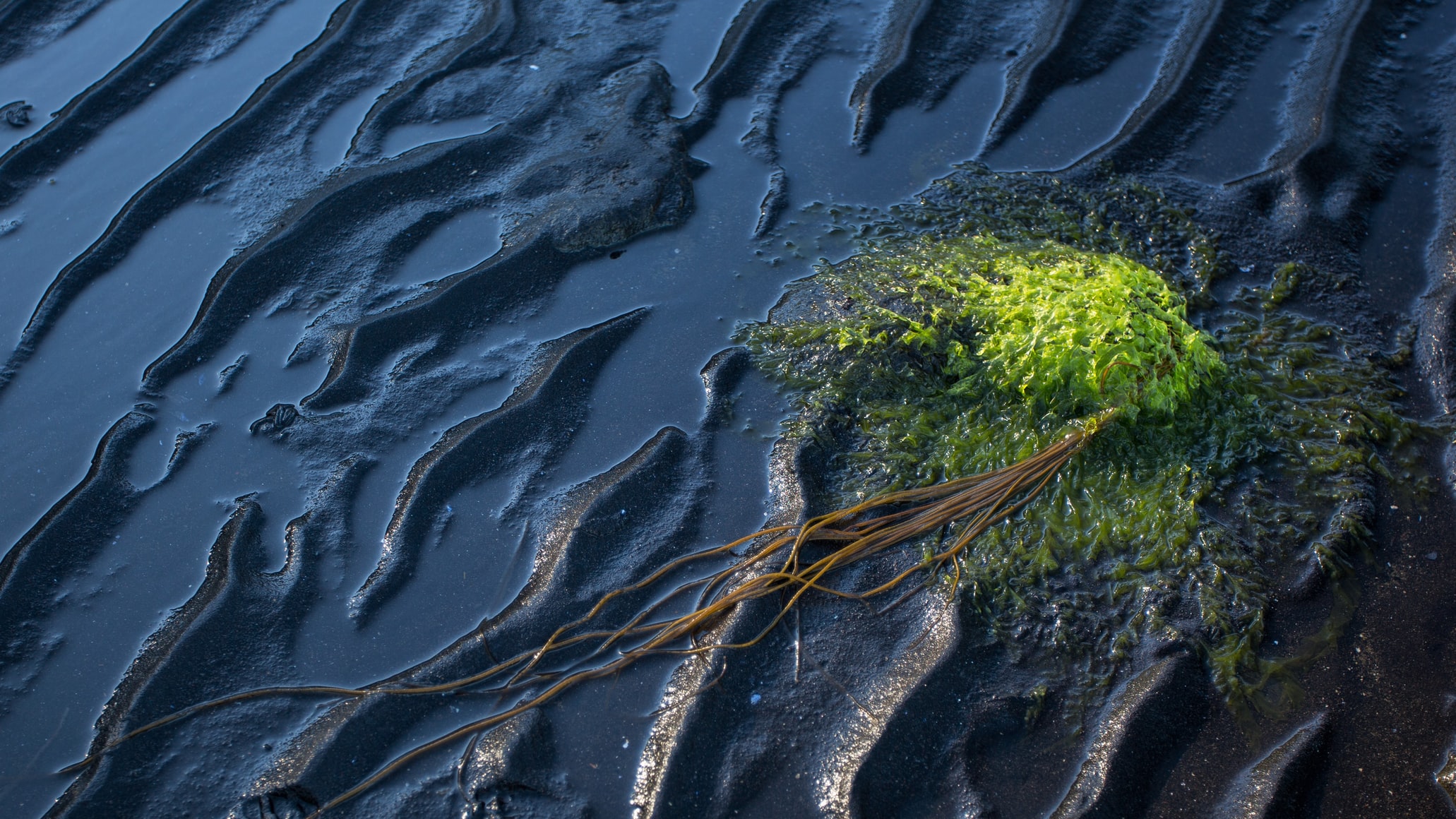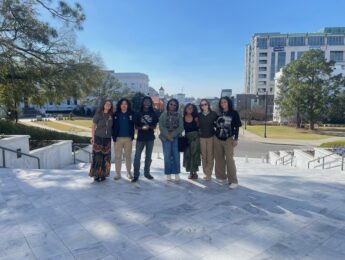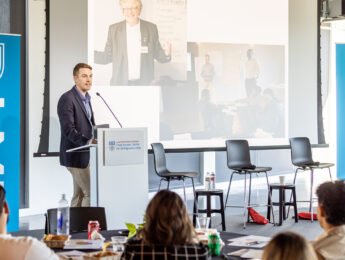
The recent oil spill along nearby Huntington Beach is a stark and unpleasant reminder of the vulnerable relationship we have with our coastal urban community and the technological infrastructure that supports it.
As ecologists, we understand that these systems are fragile and dynamic. Our communities are shaped through two types of persistent forces. They can either be constant presses, such as economic expansion, climate change or population growth. Or, in the case of oil spills, earthquakes and wildfires, they can be rapid pulses.
What began as a beautiful early fall Friday afternoon with beachgoers and boaters enjoying the nearshore ecosystem, transformed over the evening into a Saturday morning of soiled beachfront and imperiled wetlands with at least 30,000, and as much as 140,000 gallons of oil pooling in slicks and landing ashore in sheets and blobs.
The source of this ecological pulse was a foot-long rupture in a 40-year-old, 16-inch diameter, concrete encased 17-mile pipeline that connected a receiving station on the land to an oil derrick offshore. The cause is still being investigated, but was likely an anchor dragging from a large ship that displaced the pipe nearly 150 feet, eventually causing it to break and spew oil into the nearshore ocean community.
We are all stakeholders in the environmental management of our Southern California home. The risks from overburdened infrastructure are increasing and the costs of failure are high.
The damage from the resulting spill is still unfolding, but the coastal assemblage of plants and animals will be impacted for years to come. Although the oil-fouled birds and mammals are typically featured when these events happen, it is the marine invertebrates, such as sand crabs and worms that are most critically affected. The damage is magnified because these species form the basis of the ecological food web and will pass the toxins on to whoever feeds upon them.
At times like these, we are reminded of the unpleasant high costs we pay for the technology that powers modern life. Each disaster brings an opportunity for us to reevaluate the balance between convenience and resilience that we all must make in our lives, and in the role of governance in the oversight and regulation of these risks.
The oil that is washing up on the beaches will be infused into the sand and affect every species that cruise these coastal ribbons. By the standards of some crises, such as the Santa Barbara spill in 1969, the damage that has occurred within a week’s time has been relatively small. However, the repercussions of invasive substances as toxic as oil is acute as it’s happening and persistent throughout time. The impacts from this spill will last for decades, unfortunately.
The saga of the oil spill, like so many aspects of our current urban lives, is part of a complex legacy of California’s long history with aging infrastructure amplified by the broad social and economic impacts of the COVID-19 pandemic. The ship that caused the spill was likely one of the nearly 100 cargo laden vessels waiting to enter the ports of Los Angeles and Long Beach. They have been delayed for days by the backlog of ships waiting to be unloaded by the longshoremen in the limited number of available berths, and the decreased availability of truck drivers to carry the goods to their final destinations. The relatively smooth operation of the ports has been badly disrupted by the pandemic, and the recent surge to jumpstart an economic recovery is stressing capacities beyond their maximum.
The Herculean efforts of the professionals and volunteers who work to clean up the messes as they occur during crises are not a viable substitute for future investment in the technologies that make modern life possible.
A similar crisis situation arose last month at the Hyperion Water Treatment Facility near El Segundo. Usually handling over 300 million gallons of raw sewage each day, an unprecedented torrent of debris clogged the primary screens at the Headworks, causing a massive backup and flood of the raw sewage at the plant.
The crisis unfolded rapidly. In an effort to save the plant from going fully offline, the operators were forced to divert thousands of gallons to an emergency outflow pipe in the ocean. The situation was remedied but exemplified the facility’s vulnerability to pulses of unexpected demands and the need of further infrastructure modifications to handle these crises.
We are all stakeholders in the environmental management of our Southern California home. The risks from overburdened infrastructure are increasing and the costs of failure are high. We must remain vigilant and further educate ourselves and our political leaders as to the value of sustained infrastructure investment, coupled with additional environmental oversight. These forces can seem invisible to us until they fail.
The herculean efforts of the professionals and volunteers who work to clean up the messes as they occur during crises are not a viable substitute for future investment in the technologies that make modern life possible. If we neglect creating robust safety and backup systems, then we are doing a disservice to the technological advances that we have made and severely reduced the system resilience needed to meet future challenges.







